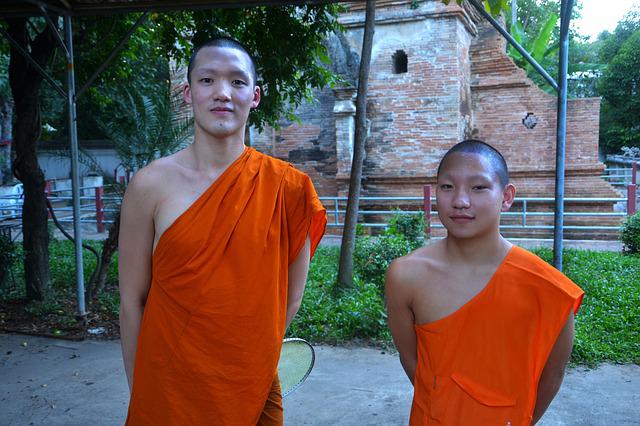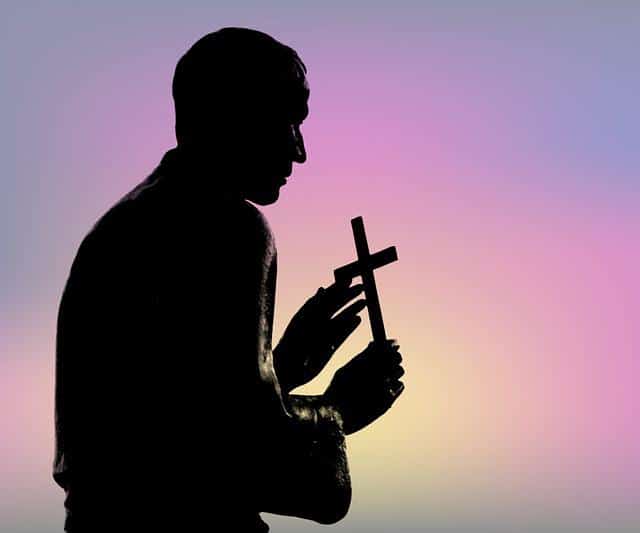
The novitiate is a stage of religious preparation.
The idea of a novitiate has several uses in the field of religion . This is the name given to the trial stage that a person goes through before making vows and beginning to profess .
religious preparation
Whoever is in the novitiate is called a novice . The group of novices , meanwhile, is also called the novitiate, as is the building or place where these apprentices live .
The novitiate period appears in Buddhism and Christianity . It is considered a preparation : it allows the novice to get to know the congregation or religious group and acquire the precepts that he will apply when professing.
Although the time varies, in general it can be said that the novitiate lasts between six and twenty-four months. If upon completing this phase the novice is still convinced of his vocation , he is ready to take the vows and take the habits.
Learning
Beyond the religious, the novitiate is mentioned as the initial moments in an activity, a trade, etc. During the novitiate, the individual develops a learning process and gains experience .
For example : “The population usually takes the first year of a government as a novitiate and that is why they tolerate some mistakes without major protests or complaints” , “My novitiate was in my neighborhood club, I already arrived in Europe as a trained player” , “I don't have time for the novitiate, I must be useful to the company immediately or they will fire me.”
Madrid buildings
The Novitiate of the Apostolic Ladies of the Sacred Heart of Jesus , finally, is a building complex located in the district of Chamartín , in Madrid . These buildings in the Spanish capital, designed by Críspulo Moro Cabeza , were built in the 1920s .
From an architectural point of view, it has a religious and welfare character, and is a reflection of the works erected throughout the Bourbon Restoration , a political period that took place between the end of the 19th century and the mid-20th century. Its style is neo-Mudejar , very characteristic of the Madrid identity of the time. Returning to his architect, he was born in Madrid in 1878 and his work is framed in the modernist style, a renewing current. He also dedicated himself to journalism and writing.
It is possible to affirm that Cabeza was part of the architects who, instead of being inspired by Central European trends, supported the historicist tradition to create a style in line with the country's own, either through reinterpretation or imitation of the existing ones. until then. This novitiate is located on Paseo de La Habana 198, near Jerez, San Telmo and Macarena streets. It is accessed by a path, until reaching the center of the block. The total area of these buildings is around 5000 square meters.

The Jesuits and missionary fathers of the Savior passed through the “Company of Jesus” novitiate.
Novitiate Street
Once again, the term is used as a proper name to designate a place in the Spanish capital. In this case, it is a street , formerly called San Benito , which is located in the Centro district, in the Universidad neighborhood. Before receiving this name, it was Kings Street that was known as Novitiate Street .
Its name derives from the existence of an ancient novitiate, The Company of Jesus , of an order founded in 1534. Its construction took place on land that had previously been property of the Marchioness of Camarasa. At first, it was occupied by the Jesuits; However, when they were expelled, the missionary fathers of the Savior took it over. Later it was used by both orders, but in 1834 they were all expelled. Almost a decade later, he was assigned to the Central University.
